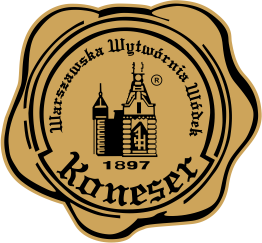The Polish nobility had a taste of vodka around the turn of the 16th and 17th centuries, so distilleries began to spring up next to noble manor houses. An important role in the popularization of vodka as a drink was played by a small book published in 1614. Its author was the first to officially announce that vodka, which he called “bread wine”, not only heals, but also tastes great and can be a great complement to traditional banquets. liquors. On the tables of the nobility, next to meads, wines and beers, spirit appeared, already then more and more often called vodka. It was most often driven from rye, and only occasionally from wheat. In some places, they experimented with the production of vodka from apples or plums. The first recipes for “bread wine” were unified thanks to royal regulations, and their composition was strictly refined. On the tables of the nobility, flavored and flavored vodkas dominated, enriched with various additives, often exotic for those times, e.g. ginger, cloves, nutmeg or sandalwood leaves, and even such sublime ingredients as rosolis based on cilia of sundew leaves or so-called amber is a secretion from the digestive system of whales. In the selection of additives, not only their taste qualities were important, but also their aroma properties. The technique of filtration and purification of liquors was not yet used at that time, so the old vodka, to put it mildly, did not smell nice. When the Polish nobility began to drink vodka for pleasure, wanting to monopolize the income from vodka, they sought propination, i.e. exclusivity for production and sale.

































